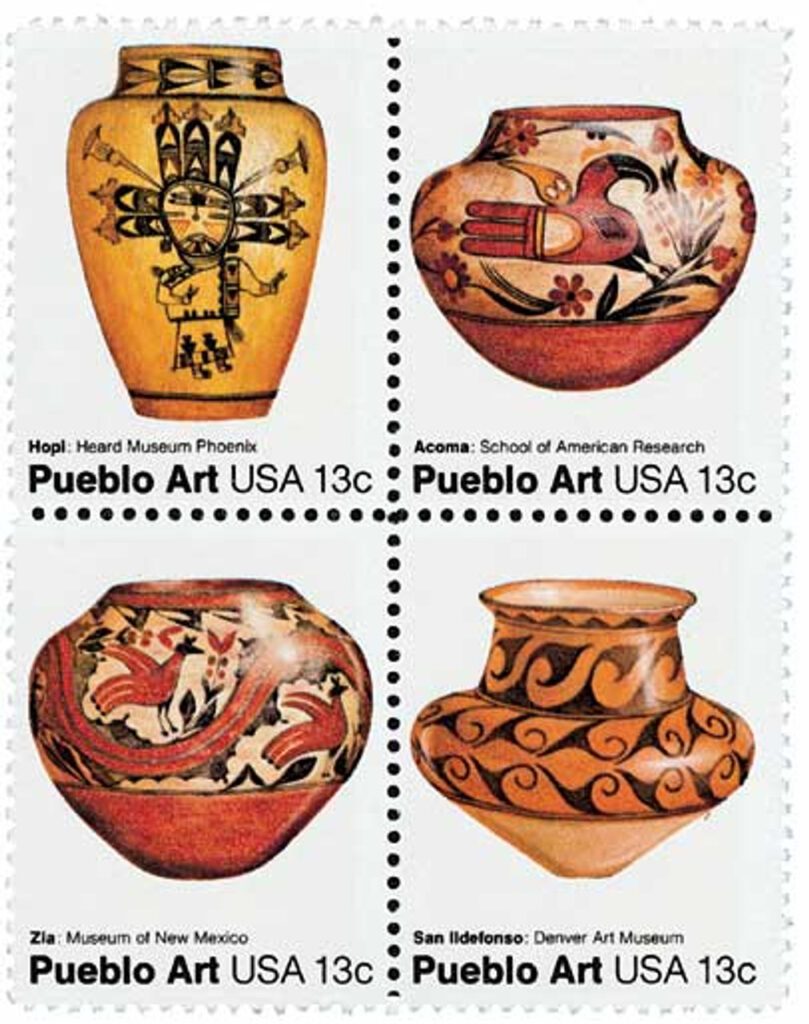On February 11, 1916, President Woodrow Wilson signed legislation establishing Bandelier National Monument in New Mexico. The 33,677-acre park protects ancient pueblo structures and is home to a notable Civilian Conservation Corp district.
The Jemez Mountains region of New Mexico has been part of human existence for more than 10,000 years. Ancient hunter-gathers trailed migrating animals over the landscape. Ancestral Pueblo settlements took root around the mid-12th century and moved closer to the Rio Grande River by 1550.

Spanish settlers followed in the 1800s and were taken aback by what they found below the Jemez range along the canyon walls that climb to towering mesas above. Carved into the tuff (soft rock of hardened volcanic ash) were vertically arranged dwellings. This apartment-like housing was the basis for entire communities, which the Spanish referred to as pueblos. The area also had ceremonial structures known as kivas, rock paintings, and petroglyphs.
In 1880, Swiss-American anthropologist Adolph Bandelier visited the Frijoles Canyon pueblos and remarked that it was “the grandest thing I ever saw.” As he travelled to different pueblos, Bandelier learned and recorded the local Native American history, traditions, folklore and myths.
In the early 1900s, archaeologist Edward Hewett continued where Bandelier had left off. He also sought to protect the historic ruins of the American Southwest. Hewett’s persistent efforts directly influenced passage of the Antiquities Act of 1906. Hewett continued pushing for the preservation of the area, leading President Woodrow Wilson to set it aside as a national monument on February 11, 1916. The monument was named after Bandelier in recognition of his extensive studies that brought attention to the area.

A lodge and other structures were built in the coming years. During the Great Depression, the Civilian Conservation Corps (CCC) constructed several more buildings that are still standing today. These 31 buildings represent the largest group of CCC structures in a national protected area that have been unaffected by new construction in their district. With their rustic architecture and use of local materials and style inspirations, these buildings are considered perfect examples of the National Park Service architectural style. The service area was designed to be reminiscent of a Pueblo village, with several buildings surrounding a wooded plaza. A 54-acre area within the park that houses these structures was designated a National Historic Landmark in 1987. This also preserves furniture made by CCC works as well art produced as a result of the Federal Arts Project.
The park was closed to the public during World War II. The park’s buildings provided temporary housing for scientists working on the Manhattan Project in nearby Los Alamos to develop the atomic bomb that would help bring about the end of the war.
| FREE printable This Day in History album pages Download a PDF of today’s article. Get a binder or other supplies to create your This Day in History album. |
Discover what else happened on This Day in History.



The Antiquities Ace of 1906 was one of the best and most far-reaching acts ever passed by Congress. Beginning with Theodore Roosevelt and nearly every President since then (except Trump) have used this act to preserve national sites that congress either could not or would not designate as national parks. A prime example is Grand Canyon which was originally designated as a National Monument and was later made into a National Park.